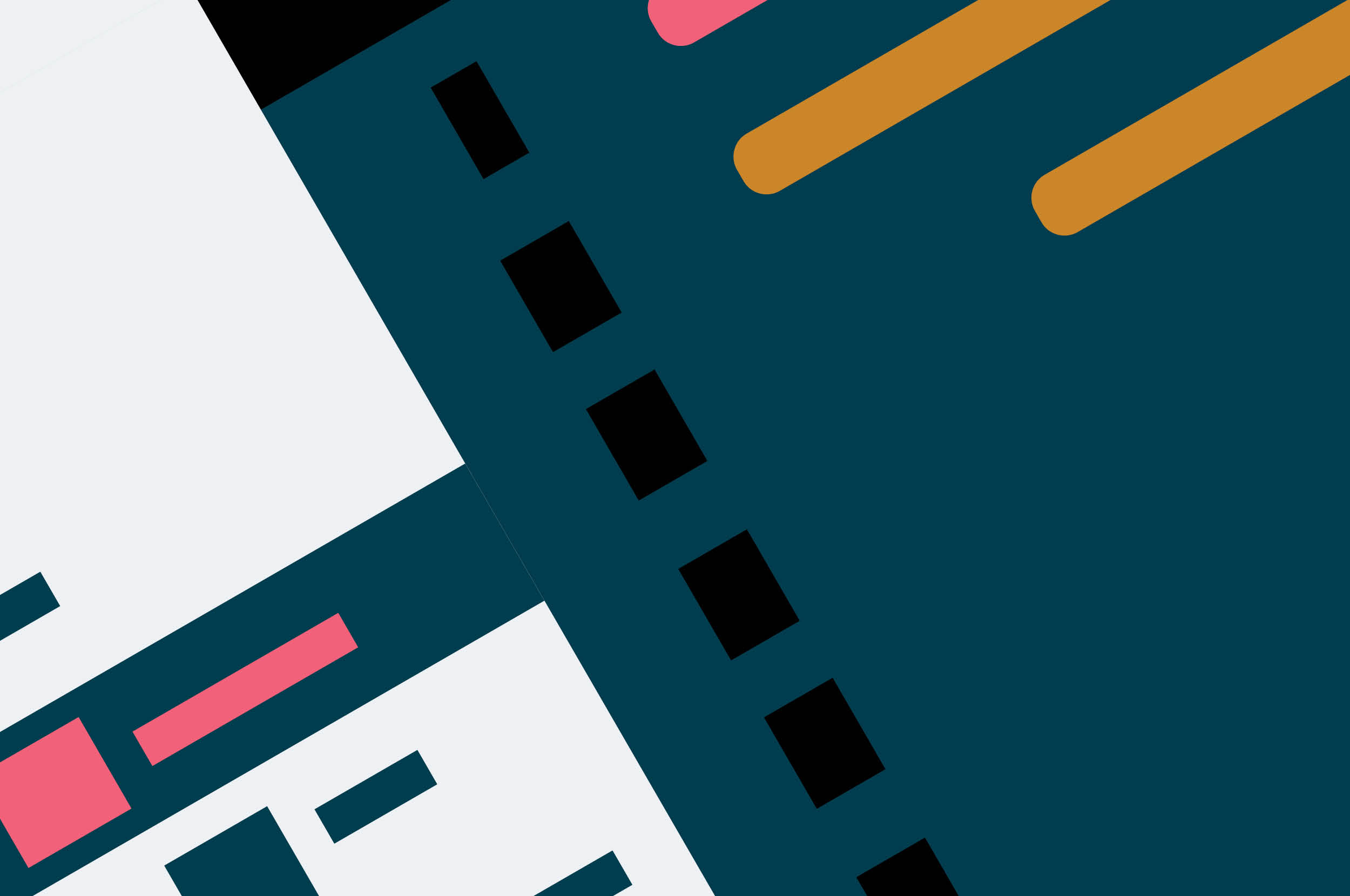Legacy modernization — the process of replacing existing and often entrenched systems and infrastructure — is always complex and often complicated, making it a daunting prospect for business leaders. Subsequently, even when the need to modernize is acknowledged, it can be tempting to adopt what might seem like a prudent approach, reducing modernization projects to a purely technical initiative. However, doing so may only address technical debt on a superficial level, if it even addresses it at all. Legacy processes will remain untouched, hampering an organization’s ability to move quickly to seize opportunities that could drive growth — while creating further future debt.
Instead, leaders should have the confidence to view legacy modernization in a more holistic manner: as an initiative that evolves your systems and capabilities in the here and now so you can focus on better delivering for existing customers and building products and features to reach new ones. Research suggests that legacy modernization often ends in failure. However, such risks can be minimized by reframing your approach to pay attention to how the overall modernization strategy can be achieved through incremental and measurable change. This isn’t to say the approach is conservative and cautious — in actual fact, it makes it possible to enact more significant and substantial change that has a real impact.
Incremental change across multiple localities
The case for legacy modernization should today be clear: technical debt is like a black hole, sucking up an organization’s time and resources, preventing it from developing the capabilities needed to evolve and adapt to drive growth. But while legacy systems can limit and inhibit business growth, from large-scale disruption to subtle but long-term stagnation, changing them doesn’t have to be a painful process of “rip-and-replace.” In fact, rather than changing everything only to change nothing, an effective program enacts change in people, processes and technology incrementally. It focuses on those areas that will make the biggest impact and drive the most value, making change manageable in the short term yet substantial in its effect on an organization's future success and sustainable in the long term.
In an era where executives often find themselves in FOMU (fear of messing up) mode, they would be wise to focus on those areas of legacy modernization that will make the biggest impact and drive the most value, making change manageable in the short term yet substantial in its effect on an organization’s future success. This will ultimately de-risk your modernization program, and renders the cost/value equation less opaque than it would be otherwise. It also makes it easier to monitor and measure impact — if things aren't working, you can rethink your approach. That means you avoid the pitfall of chasing a solution that fails to make an impact yet leaves you with even more technical debt.
This isn’t to say legacy modernization must be treated with conservatism. In fact, thinking in terms of incremental changes across multiple local sites — targeting “thin slices” — allows you to move faster. In a cloud migration project with Atlassian, for instance, we were able to move one of its core products in just three months with zero downtime for customers. This didn’t require a large-scale re-envisioning of Atlassian’s architecture; what made it successful was paying close attention to the software and systems currently in place while aligning with the overall modernization outcomes. Once that understanding was in place, we were together able to quickly develop a fast and elegant solution.
- Three months to move Atlassian’s Bitbucket product to the cloud
- A 93% reduction in support requests related to outages in just two months
- 55% improvement in Bitbucket’s web response time performance
Build for the future, not the past
Focusing on the present and areas ripe for impactful incremental change allows us to steer clear of what we call the feature parity trap. This is the idea that it’s desirable to replicate existing functionality with a “better” and more ostensibly “up-to-date” technology stack.
The attraction is understandable. Surely a clearly defined scope is both faster and less risky than attempting to initiate more substantial change? Such thinking is mistaken: projects that aim for feature parity can often take a long time to complete, and often, once completed, fail to address the challenges that motivated the project in the first place.
This can be riskier than a legacy modernization project rooted in incremental change and spanning technology and people. By focusing on a future to come with the “right” technology in place, you could well be neglecting more urgent issues which require your attention.
Technical debt — and the business damage it can cause — is rarely just a question of “outdated” technology. It’s instead a sociotechnical challenge, implicating both technology and people — changing technology without changing the processes in which it is used will be ineffective at best; at its worst it could be even more destructive, harming your ability to deliver value for customers and causing frustration and burnout inside the organization.
A town-planning mindset
One way of circumventing the pitfalls of feature parity is to adopt a “town-planning” approach to legacy modernization. This metaphor, used by our colleagues Ian Cartwright, Rob Horn and James Lewis, is apposite because it highlights two things: first, you need to acknowledge and identify what is already in place across the organization (a town planner will rarely be working from scratch, after all) and second, the fact that building a software system is a continuous process, involving constant change and evolution. The first should be the starting point for legacy modernization initiatives — the second a signal of success. An organization that is comfortable with constant change and able to implement it is a long way down the path towards modernization.
Drive growth and minimize risk
We’ve already seen how such an approach can drive value incredibly quickly in Thoughtworks partnership with Atlassian. But it needs to be emphasized that it’s only by taking a “town plan” approach to modernization — where a strategic vision is implemented through many local and incremental changes — that legacy modernization will have a long-term and sustainable impact on an organization.
A good example of this can be found in Thoughtworks’ work with Etsy. Seeking greater scale, success was achieved not simply through a cloud migration, but also by supporting the organization to change processes to allow it to effectively harness the opportunities the migration would make possible. This included improving product delivery timelines by introducing techniques to reduce the time it took for a product team to validate an idea and determine its potential impact (from 50 days to five), and putting in place ongoing optimization initiatives to cut costs and unlock greater operational efficiency.
So, while the impact of the initial modernization program was significant, our partnership ensured Etsy is today well-positioned to enact continuous change across both their technology estate and inside their product and engineering teams.
Success at Etsy
208% increase in buyers
(From the end 2019 to the end of 2021)
288% increase in sellers
(From the end 2019 to the end of 2021)
It’s particularly important to note that while this partnership was seemingly wide-reaching in scope, success was built on a targeted approach: focusing on making specific changes that would have a long-term impact. This ensures the risks of creating future technical debt or of investing substantial resources into something ultimately ineffective are neutralized.
Legacy modernization is challenging but the rewards can be substantial. It can also have a long-term impact on the health of an organization. This is why it’s important to approach it in the right manner: leaders need to view legacy modernization with their eyes fixed on the present, focused on building an organizational muscle memory that is comfortable with evolution. This will help you evolve to continue to provide value for your customers while also minimizing the risks legacy modernization projects can sometimes pose.
In an uncertain macroeconomic environment, asking whether you need to evolve is a recipe for decline and stagnation — instead, ask how you can do it in a way that is safe, sustainable and impactful.



















